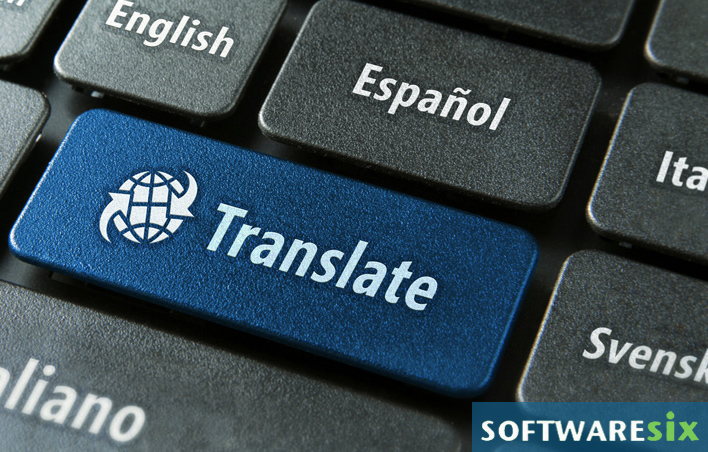Now with Microsoft 365, you can use multiple languages to build intranet sites. This allows for page creation and news available in a user’s preferred language. Additionally, you can also allow users to select their preferred language for site description, site navigation and site title. Although the process is easy to do, there are some particulars that the site owner and those creating content for the site should understand before your site launches.
For those unfamiliar with the process of creating multilingual sites, you will need some background before going forward. Luckily, Microsoft has straight-forward documentation to walk you through the process. While this documentation is easy-to-follow, it can’t hurt to utilize some tips from the experts.
1. Set the language before creating the page
Before you start creating the multiple pages for your site, choose a language for the site to default to. Remember, once you choose a language, you CAN’T change it. For this reason, it’s important to think about your target audience and what language will likely be the most useful. For sites reaching a global audience, the default language is typically English.
Once you begin creating pages, each page will be created in your default language first. You can then translate the page into whichever language(s) you choose to offer. You can’t, however, have a page in a secondary language without having one in the default language.
2. Use the same page type for all connected pages
As you begin to publish pages, make sure that your entire group of pages (often referred to as a family) all have the same type, also known as a Promoted State. You have to be careful of this because Microsoft currently doesn’t have a warning that pages aren’t the same type before publishing. Publishing your pages in different Promoted States could lead your UX to be confusing.
You can create all of your news pages from the News web section as a way to minimize your risk of creating pages with differing types.
3. Take your time creating pages
As you’re creating pages, don’t rush to publish. Make sure that your titles for your pages have been added as a URL before translating the page. When you initially create your pages, it’s given a temporary name from SharePoint. You’ll want to make sure that the URL you create for the page matches the title on your page before you start the translation.
4. Avoid deleting the primary language page
Deleting your primary language page will create a break in the connection between your default page and its translation page. Like page type, there is no warning message to keep you from accidentally deleting your primary language page. Deletion of your primary language page will require you to manually delete your translated pages.
5. Ensure all URLs attached to navigation are from the primary page
Site users will always be redirected to an alternate page when they click URLs on your primary page; therefore, it’s important to ensure URLs are only used for navigation within your site.
